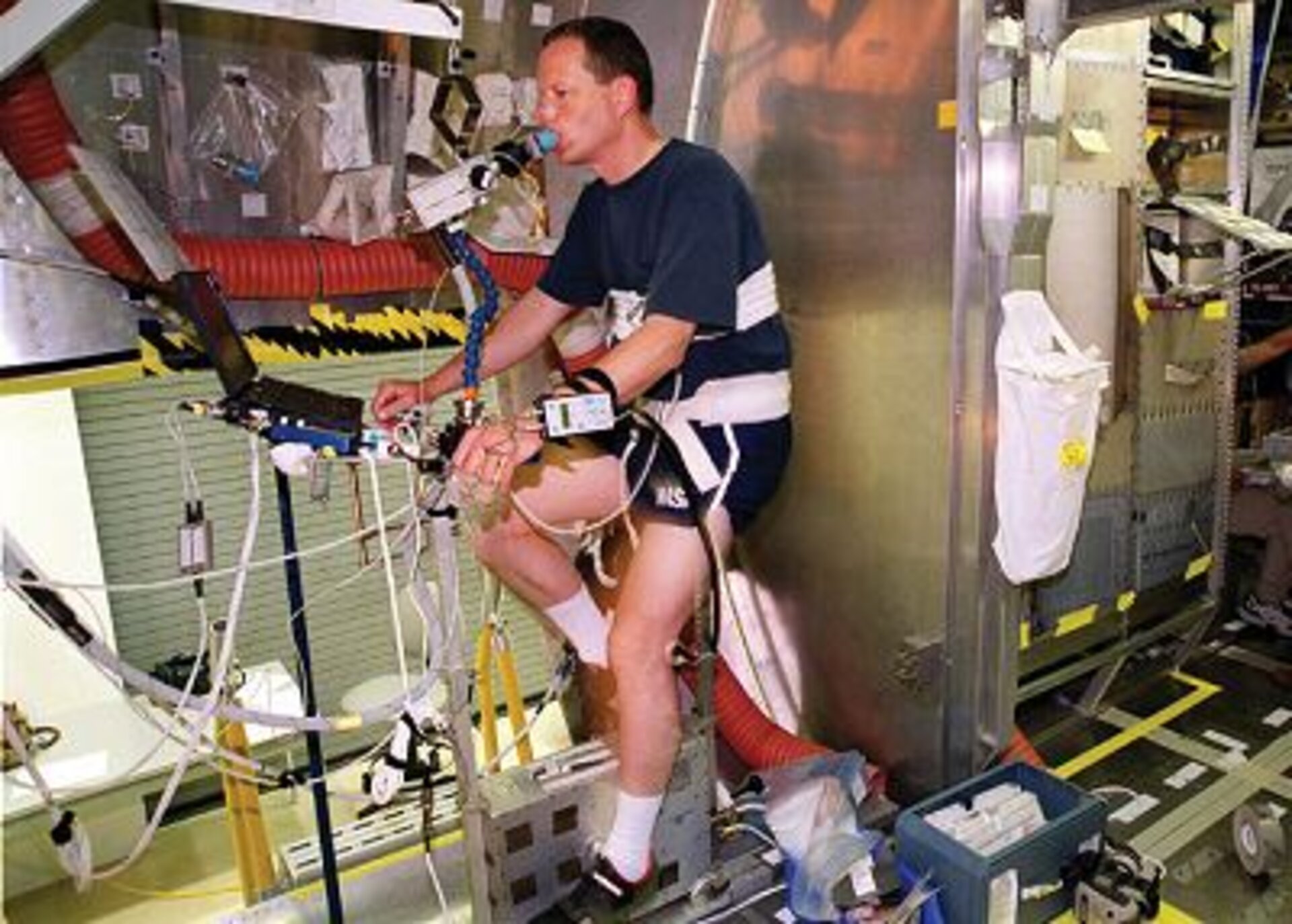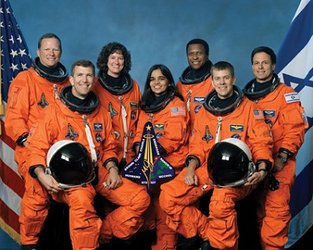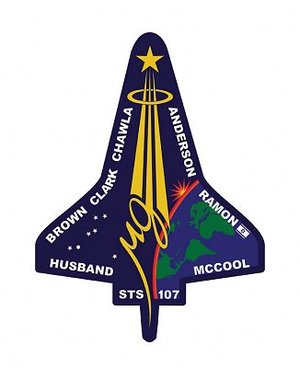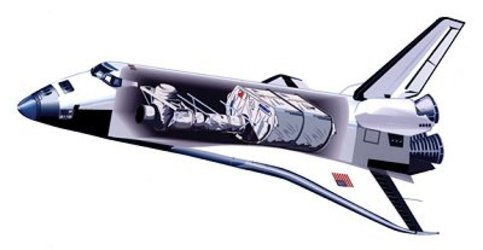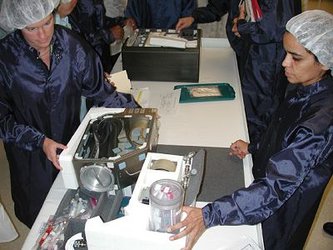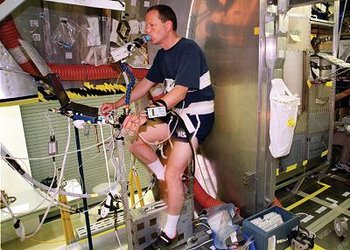European science on Shuttle mission
European investigations will be among some 80 experiments covering medicine, advanced technology and science on the STS-107 Space Shuttle mission to be launched on 16 January 2003.
The European Space Agency’s (ESA) participation in STS-107 is the result of a barter agreement between ESA and NASA, in which ESA provided an Airbus Super Guppy Transporter aircraft for transporting large Space Station elements across the US. In exchange ESA is given 450 kilograms of payload and equipment capacity on NASA Space Shuttle missions.
Columbia, the first of NASA’s Shuttle fleet to be built, but now newly refurbished and renovated, will be carrying a total of 31 payloads, including seven sponsored by ESA.

The 16-day research mission with a crew of seven a dress rehearsal for routine research operations onboard the International Space Station after its assembly is complete.
The crew, which includes the first astronaut from Israel, will work 24 hours a day in two alternating shifts on a range of experiments covering life sciences, physical sciences, astronaut health and safety and advanced technology development.
Six of the ESA payloads are multi-user facilities for the study of life sciences and fluid physics – the Advanced Protein Crystallisation Facility (APCF), the Advanced Respiratory Monitoring System (ARMS), Biobox, Biopack, the European Research in Space and Terrestrial Osteoporosis (ERISTO), and the Facility for Adsorption and Surface Tension (FAST). The seventh is a technology demonstration called the Combined 2 Phase Loop Experiment (COM2PLEX), which will test a new heat transport system for the thermal control of instruments on satellites.

Prior to the full operation of the Space Station, such Shuttle missions are important because they allow scientists and researchers to ‘turn off’ the effects of gravity and unmask basic phenomena that play key roles in biology, physics, and chemistry.
“STS-107 is a very important mission for Europe. It builds on our experiences with Spacelab on dedicated Shuttle flights that will ultimately support longer, more ambitious research aboard the Space Station,” said Jörg Feustel-Büechl, the ESA Director of Human Spaceflight.
ESA’s science experiments are concentrated in the Spacehab a pressurised module, located in the Shuttle’s payload bay and connected to the Shuttle crew compartment by a tunnel.
ESA mission manager, Pasquale Di Palermo, described the mission, as “a valuable opportunity” for Europe to experiment both in space and on the ground in readiness for full operations on board the International Space Station.
More information about STS-107 can be found on:
http://www.spaceflight.esa.int/sts107/


